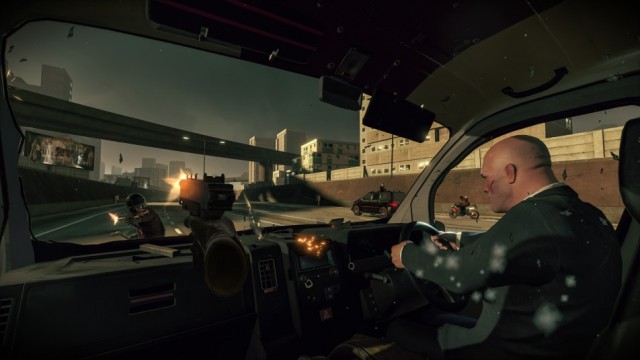
Developer claims PS4K upgrade 'absolutely' necessary for VR, slams PS4's performance By Joel Hruska on May 27, 2016 at 3:02 pm Comment
66
shares
Google Plus
Hacker News
PSVR
One of the consistent claims about the rumored PS4K upgrade is that Sony has absolutely mandated backwards compatibility. Developers are supposed to target both the PS4 and PlayStation 4K / PlayStation Neo, but they aren't allowed to introduce features or capabilities on one platform that don't work on the other. An anonymous developer has challenged that assertion, claiming that part of why Sony put the PS4K into production is because it couldn't get VR to run at its target frame rates.
“PSVR was going to be terrible on a [launch] PS4,” a source told Edge Magazine in an apparently deleted tweet. “It was going to be truly awful. Something a bit more powerful starts to bring VR into range.”
The anonymous source also commented on Sony’s plans to upgrade the platform, saying: “I’m not interested in marketing strategies or adoption rates or whatever. I’m not considering that. But as someone who does the technology for video games, somebody doubling my GPU and adding 30% CPU is brilliant. I’d love that every two years. I’d love it every six months, if possible. All I want is the most powerful hardware that I can get my hands on.”
There are several incongruities in the statement. First, Sony has been demoing the PSVR system for months now, and the feedback from those who’ve used it has been quite positive. It’s possible that the anonymous source was referencing an earlier iteration of the hardware, possibly before Sony added an additional processing box or unlocked another core for developers to use. While the breakout box doesn’t add any CPU or GPU performance, it handles 3D audio positioning, second screen output, and the PS4’s cinematic mode. Polygon has more details on this aspect of the system if you want to read up on it.

the-getaway-morpheus
Games like London Heist have won accolades, even in an unfinished state
Second, these comments imply that Sony’s commitment to backwards compatibility is less robust than originally rumored — but given that at least some VR titles clearly run well on the PlayStation 4, there’s no clean way to split the difference. Microsoft, at least, appears to be saying that VR is a feature for the upcoming Xbox One update, not the current console.
Did Sony actually want to build a PS4K?
The current explanation for why Sony built the PS4K is simple: It wanted to improve top-end performance using newer hardware than was available when the console launched. VRWorld has speculated that this isn’t actually what drove the decision. According to Theo Valich, Sony initially planned on doing a straight die shrink from 28nm to 14nm, but didn’t want to pay the cost of moving from a 28nm planar design to a 14nm FinFET architecture. The difference between the two manufacturing nodes is significant enough that the SoC would need to be completely redesigned, at a cost between $100 million and $200 million dollars.

planar-v-FinFET
As the image shows, the transistor structure for 28nm planar silicon is very different than 14nm FinFET. Instead, Sony and AMD hammered out an agreement in which Sony would adopt the 14nm successor to Jaguar as well as a GPU based on the Polaris architecture. According to Valich, the PS4K isn’t actually based on Jaguar at all and will instead leverage four “Zen Lite” CPU cores. We’ll have to wait and see if this proves true; we haven’t previously heard of a Zen Lite CPU core. But it’s at least theoretically possible that AMD built a version of its upcoming architecture for Sony rather than going to the trouble of taking Jaguar down to 14nm FinFET. Everyone agrees that the GPU is based on Polaris, so there’s no argument there.
It’s going to be genuinely interesting to see how all of this plays out. To date, Sony’s VR package is expected to be the cheapest mainstream gaming option on the market ($500 for the headset, two PS Move controllers, the PlayStation Camera, headphones, and five launch titles). If the PlayStation 4K delivers dramatically better VR performance than the PS4, however, the initial cost of entry jumps to $900 — and that’s assuming the PS4K comes in at the same price as the original PS4. Granted, that’s still much cheaper than the $600 cost of Oculus Rift and the $1,000 PC you need to run it, but it’s far out of impulse-buy territory.
Right now we recommend taking all rumors with a grain of salt. E3 should resolve a lot of these questions and give us an official peak at what Sony is planning for the PS4K as well as its VR platform.